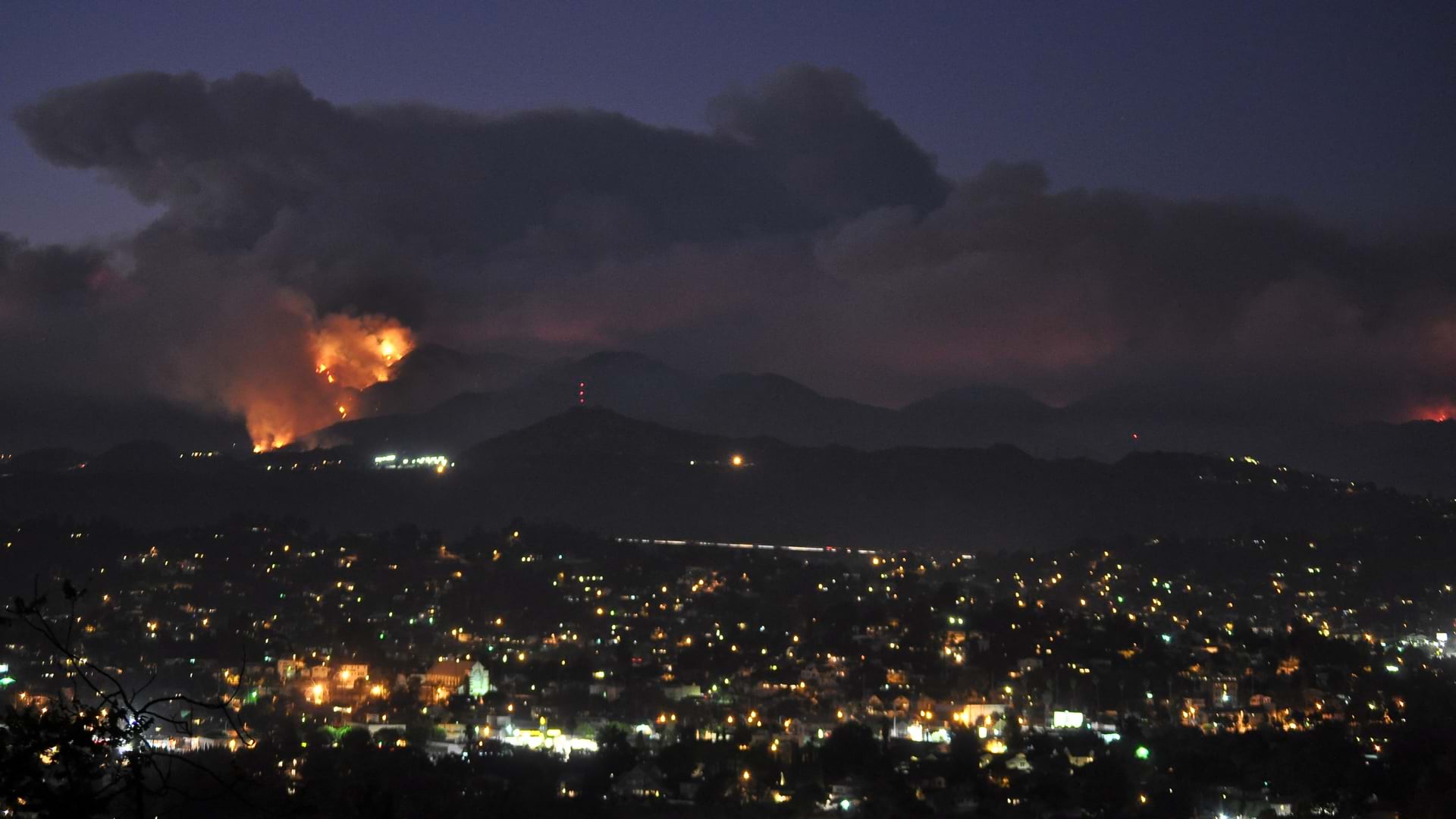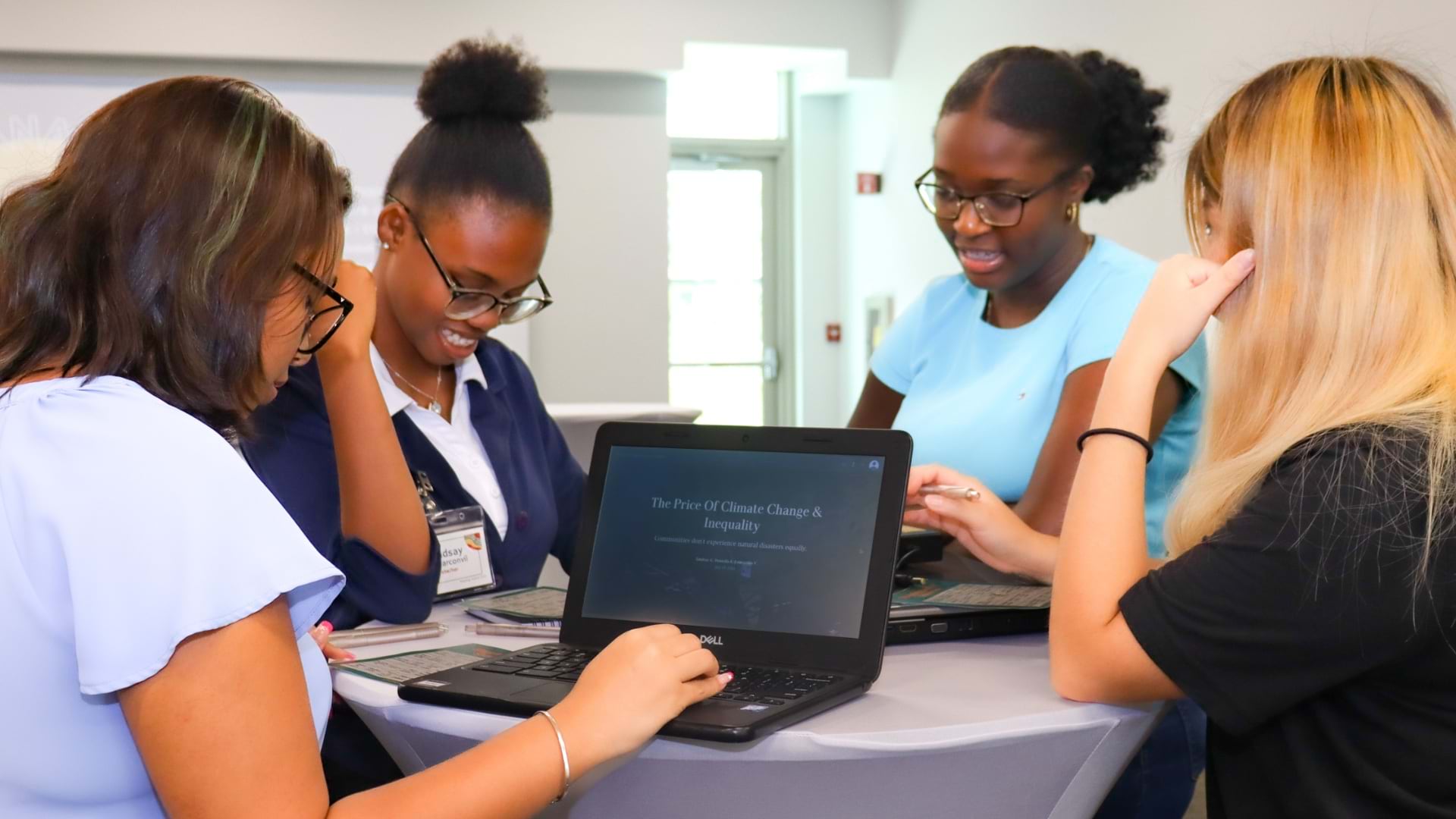
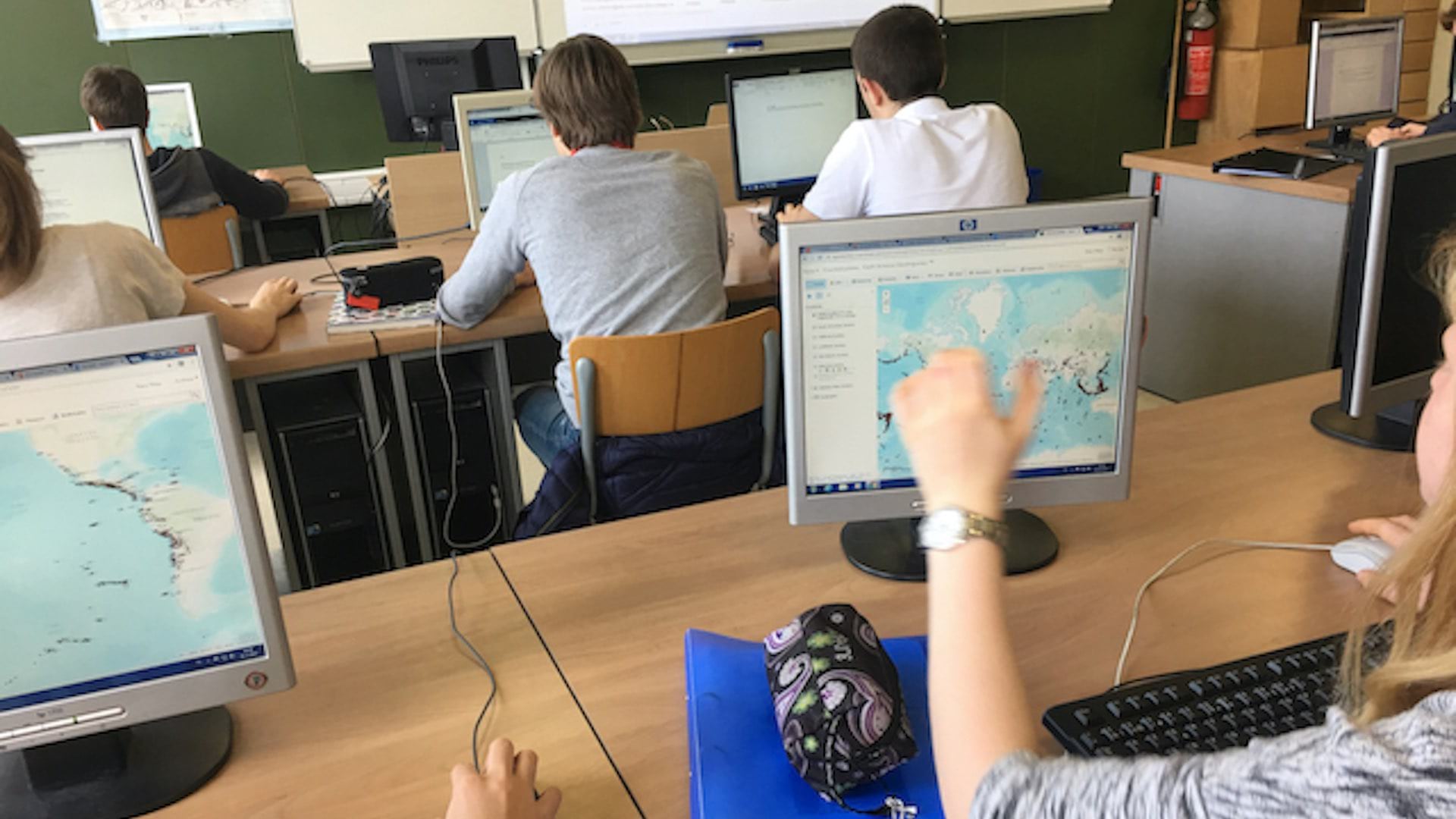
July 23, 2024

Hopeworks is an organization seeking to break the poverty cycle in Camden, New Jersey, and the Kensington neighborhood of Philadelphia, Pennsylvania, by leveraging real-world technology-focused workforce development.
And: it’s working.
Among the high-demand skills being embraced by underserved youth is expertise in geographic information system (GIS) technology.
Hopeworks’ GIS program includes four full-time staff members and 40 interns, according to Luis Olivieri, GIS director for Hopeworks. The GIS team has completed numerous projects with the City of Camden. These include creating a social vulnerability index dashboard and completing a streetlight audit. In August 2022, Hopeworks worked with Comcast through its RISE program to create a nationwide interactive map showing businesses that are small or owned by women, veterans, or people of color.
Hopeworks also partnered on projects with American Water subsidiaries, Google, Rutgers University, the Philadelphia 76ers, and the Pinelands Preservation Alliance.
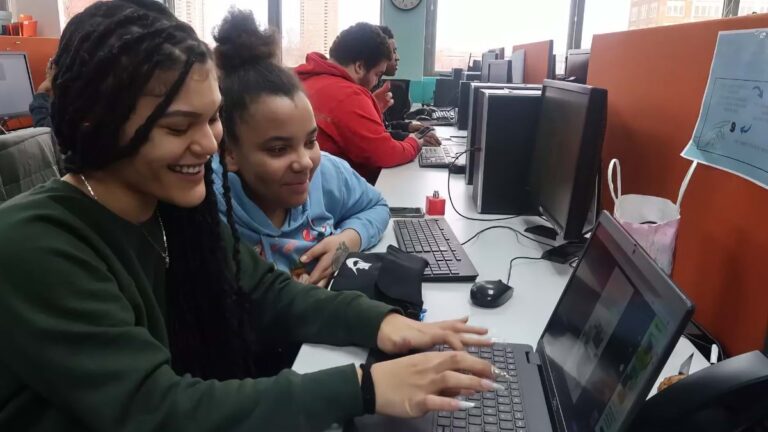
The GIS team’s first big success was digitizing information about copper and lead pipes for New Jersey American Water. The GIS database the team created is now accessible to field staff on mobile devices. That success led to projects with other American Water subsidiaries in Tennessee, Virginia, Maryland, Pennsylvania, and Indiana.
“We are not just recognized in the region but also across the country because of the quality of the work we’re producing and that is helping us to grow,” Olivieri said.
Hopeworks was established in 1999 as a nonprofit organization devoted to youth development, and its mission was fueled by Camden’s rising school dropout and crime rates. Today, the organization supports an average of 200 young professionals annually, with 90 percent of participants completing the program and ultimately securing jobs with salaries of $43,000 or more.
“Our goal is to support young adults who are disengaged, unemployed, or underemployed, and help them to find long-lasting, meaningful careers that provide a living wage,” said Dan Krause, senior director of sales and marketing at Hopeworks.
When planning its programs, the founders of Hopeworks focused on fields accessible to young adults that didn’t require a four-year degree or certification. “For us, GIS is the strongest vehicle for helping these young individuals gain real job experience,” Krause said.
Participants often perform key GIS tasks for clients across the United States such as collecting and analyzing data, creating online maps, taking aerial photos, and developing 3D models.
“The population we are supporting is invested in themselves. They have the drive and motivation to learn, and they just need the opportunity, support, and resources to do so,” Krause said.
The program has helped start the careers of multiple participants including Ashley Pena who was hired by New Jersey American Water. Headquartered in Camden, New Jersey, American Water is a subsidiary of the largest water and wastewater utility in the US.
Working as a GIS analyst, Pena updates information about assets in New Jersey American Water’s GIS, including 360-degree images gathered by mobile staff. She enrolled in Hopeworks in 2015 after her sister had completed the program.
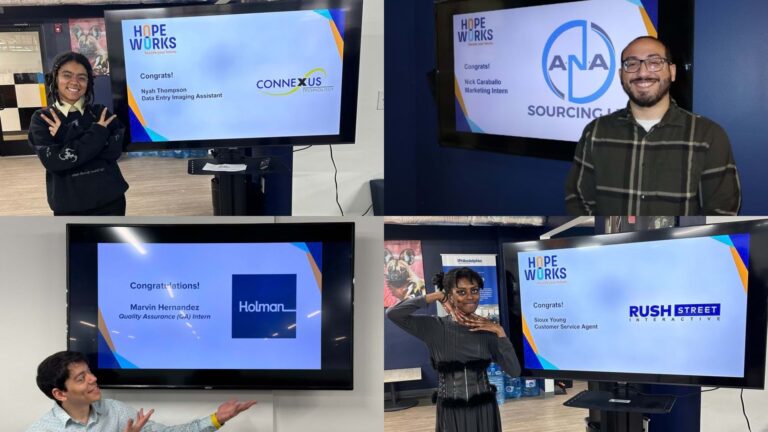
Pena gravitated to GIS in part because she felt the results of her analysis could inspire change. For example, she learned to use ArcGIS StoryMaps—an interactive online platform that combines maps, videos, and digital media—to identify Camden neighborhoods that lacked grocery stores. Although she knew the issue firsthand, she was surprised to discover through the map that some residents sometimes had to go to another city just to shop for food.
She credits Hopeworks training with providing not only expanded awareness about Camden but also a seamless transition to her current role. Looking back at her Hopeworks journey, Pena hopes other organizations will start employing interns for projects or establish similar outreach programs.
“Young people need experience, and I know a lot of companies are nervous about that, but that is what these kinds of programs are for,” Pena said. “Companies should take that chance on young people; it can change the trajectory of someone’s life.”
Learn more about how GIS helps students for career readiness. Esri supports a network of nonprofit organizations that are using GIS to create a more just, healthy, and prosperous world where everyone can thrive.

